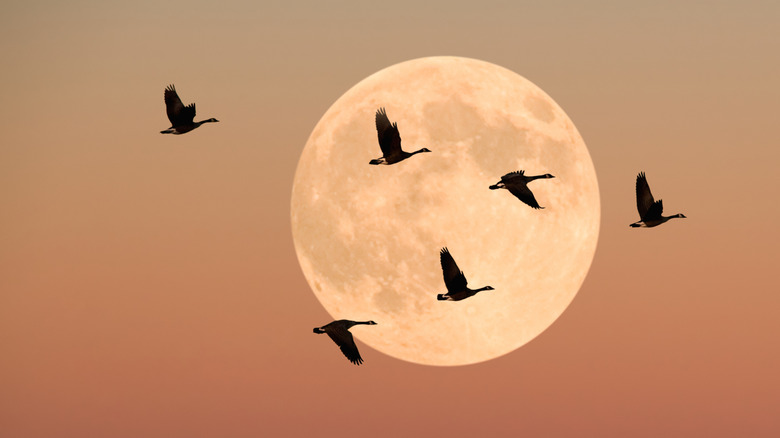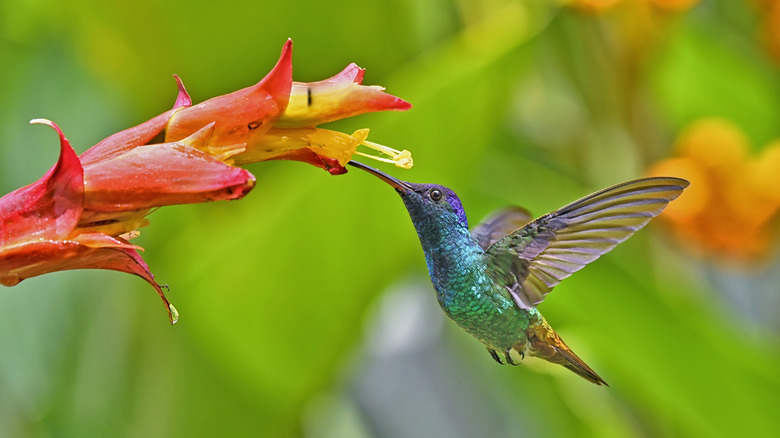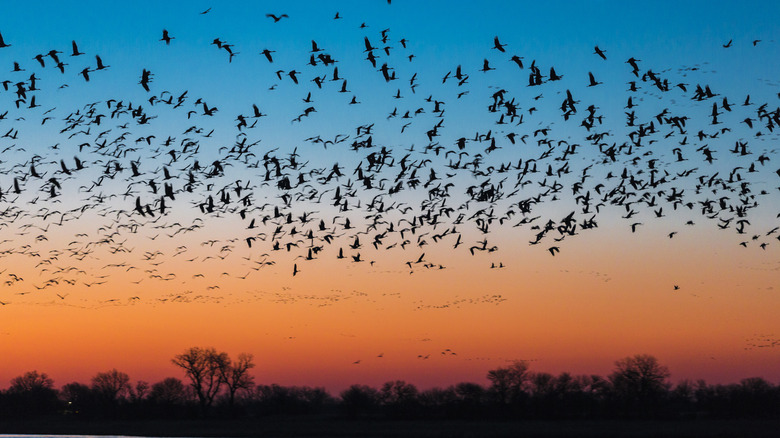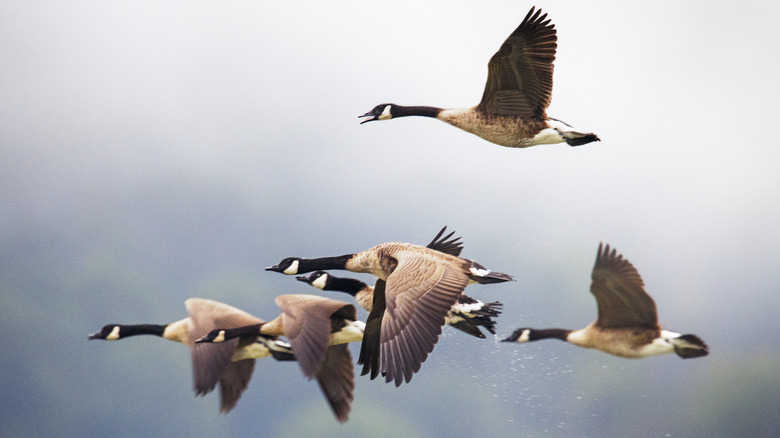Physical Address
Suite 5, 181 High Street,
Willoughby North NSW 2068
Physical Address
Suite 5, 181 High Street,
Willoughby North NSW 2068

Birds are well-known migrators, their majestic flocks a delight to behold as they travel with the seasons. As the northern latitudes cool, many bird species across North America head for the tropics. Hummingbirds migrate to Florida, Mexico, and Central America, pelicans journey to the Gulf Coast, and there are even some bird species that migrate across the ocean. Their movements are the same year after year, following aerial routes known as flyways. Water birds take flyways along coastlines and rivers, while land birds and raptors typically fly inland. If you keep your eye out, you can quickly come to recognize which birds hang around your area each season.
It would be natural to assume that birds fly south for the winter because they want to get away from the cold, but this isn’t actually the case. Most birds do perfectly fine in cold weather. Even the diminutive hummingbird can take on snowy weather without an issue. The real reason birds migrate is their food supply. Most plants die in the winter cold, removing access to fruits and nectar. Most insects disappear during winter, too, and some also migrate, most famously the monarch butterfly’s 3,000-mile migration, while other insects hibernate in hives, underground nests, tree holes, and buildings. Winter leaves little for most birds to feed on, so their best bet for a reliable meal is to head for warmer regions.

Over half of North America’s native bird species are migratory, but which birds travel and which birds don’t is mainly determined by their diet. The Canada goose, perhaps the most famous of all migrators, can’t stay in most parts of its namesake country during winter because snowfall blocks it from foraging for food. Hummingbirds are also well-known migrators, forced to flee the winter cold that makes their diet of insects, larvae, and plant nectar unavailable.
The bird species that stay put during winter are able to do so because the season doesn’t affect their food supply as harshly. Many small yardbirds, such as finches, chickadees, robins, and sparrows rely primarily on seeds for their food supply, which, unlike nectar and bugs, are still available in winter. Nuts and seeds are naturally high in fats, which helps the birds insulate their bodies from the cold. Wild turkeys even switch their diets from summertime caterpillars and flies to winter berries and seeds, adapting their diet to the season’s offerings and energy needs.
Over the past century, human activities have altered many bird species’ migratory patterns, and even changed whether some birds migrate at all. In the northeastern United States, cardinals were once a rare sight in winter, but they can now be seen year-round. One reason for this is the spread of bird feeders. With a benevolent human providing an infinite amount of food, why bother traveling thousands of miles south?

Researchers are now able to trace the flights of migrating birds by using light-level geolocators, which are tiny tracking devices that use day and night light patterns to determine location. The geolocators weigh less than half a gram, so they don’t slow the birds down along their journey. By tracking migrations over years, researchers have found that many bird species follow a consistent path back and forth, year after year, generation after generation.
For us humans, many of whom would lose our way home without a map, it seems baffling that birds could know their way so instinctively. In truth, scientists aren’t entirely sure how they do it, but it’s thought that birds use a combination of senses to guide them. They use the sun, stars, and landmarks as guideposts, but it also appears that they have a sense for the Earth’s magnetic field, working like an internalized GPS system. Biologists refer to this sense as magnetoreception, but despite decades of research, nobody can figure out exactly how birds utilize this sense in migrating.
Most migratory birds travel at speeds comparable to a car, and some of them can cover hundreds of miles in a single day. Some species can be seen in flight, like the Canada geese in their famous V formation, but most migratory birds travel by night. They face fewer predators in the dark, and the cool air of night helps them travel great distances without overheating.

Migrating south for the winter is a serious undertaking. Birds fly thousands of miles, risking their lives against predators and the elements just to find a viable food supply. It begs the question: why migrate at all? Why don’t birds just stay in the tropics where it’s warm year-round?
It turns out that the tropics hold a lot of challenges for migratory birds. Yes, plants and insects are abundant there year-round, but birds face greater competition for their food since they have to fight for the same supply as the tropical natives, as well as other migrators from the north. The year-round warmth and humidity also foster more bacteria and parasites, putting birds at greater risk of disease. The southern climate is especially risky for young chicks, which tend to fare poorly in intense heat. That’s why birds migrate north again when it comes time to breed.
Each spring, migratory birds return north to hatch and raise their young. Springtime brings an explosion of life to the north as the snow melts away, flowers bloom, and hibernators wake from their slumber. This creates an abundance of food without as many competing species as there are in the tropics. In summer, the days are longer in the north than in the south, which means more daylight hours for birds to gather food. In short, it’s the perfect environment to raise a hungry, growing chick.